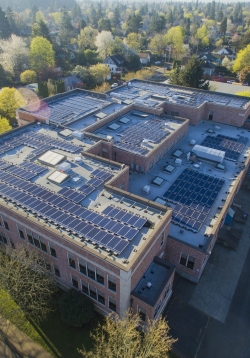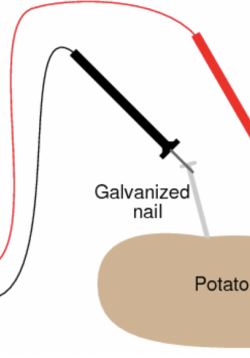Macro-Scale Solar
This lesson begins with basic chemistry with regards to atomic structure. The lesson then moves to understanding the special properties of silicon as a photoelectric semi- conductor. Building on this, the basic structure of photovoltaic solar cells is...







